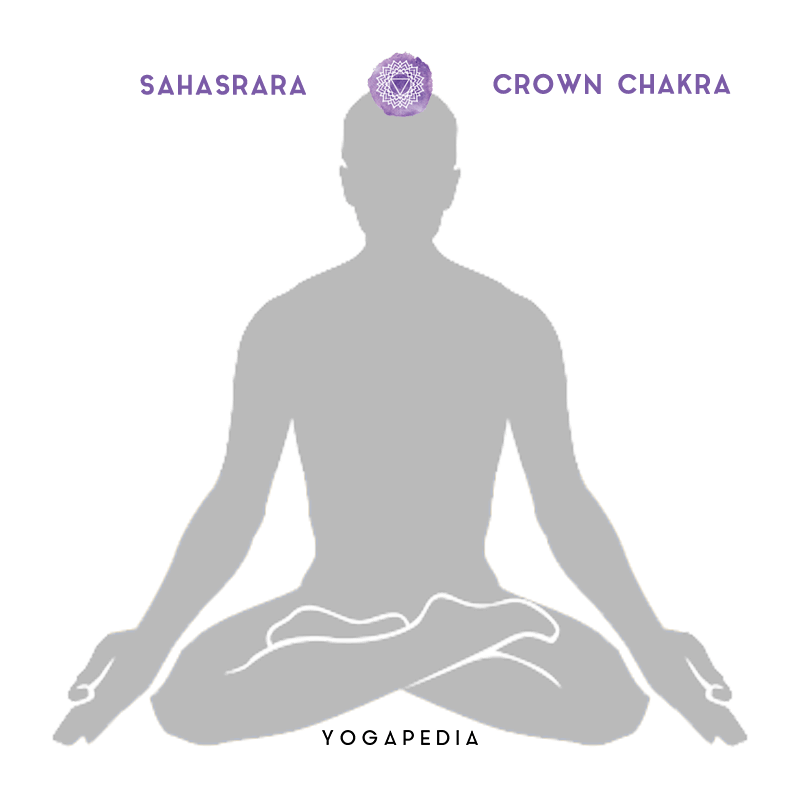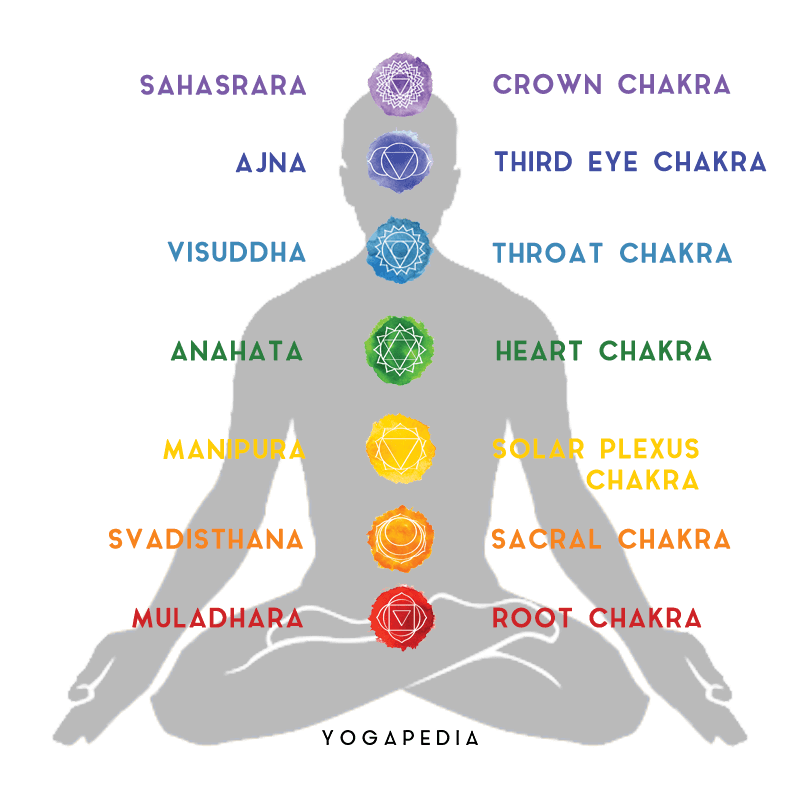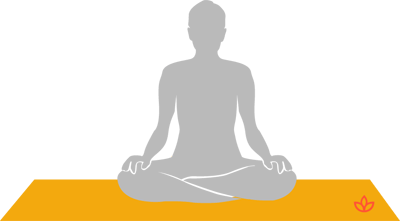Mantras are chants that are used to tap into the subconscious. They are powerful tools. Chanting mantras provides vibrations that can resonate in the entire energetic and physical bodies.
If you have ever attended Kirtan you most likely have experienced this vibrational energetic resonance. When vibrations, or spanda, affect us in this way, it is referred to as Nada Yoga. Nada is the essence of sound.
So, why chant a mantra? Aside from calming your mind and bringing you to the present moment, mantras also help stimulate the endocrine system, release density, change your vibration and help you overcome your karma.
Read: An Introduction to Kundalini Yoga
In Kundalini yoga, mantras are often in Gurmukhi or Sikh script. Chanting in kundalini yoga is a way to assist kundalini energy to rise from the bottom of the spine to the crown chakra, located at the crown of your head.

Here are five of the most popular Kundalini yoga mantras and what you will experience when you chant each one.
It is important to note, that mantras resonate differently with each person. There are many other mantras in Gurmukhi and Sanskrit that one can chant and you may have to chant a few before you find the one or ones that feel the best for you.
1. Adi Mantra:
ONG NAMO GURU DEV NAMO
Translates roughly to: "I bow to teacher within"
The Adi mantra is said to connect one to the "golden chain," the community of kundalini yoga teachers and students from the past to the present. It brings about energy clearing and deepening of intuition by clearing the negative energy in and around a person.
This mantra is usually chanted before beginning practice to help plug into the many years of kundalini practice. It is a powerful reminder that we are each our own teacher.
Read: Kindle Your Kundalini With This Divinely Energizing Style of Yoga
2. Mangala Charn Mantra
AD GURAY NAMEH
JUGAD GUREY NAMEH
SAT GURAY NAMEH
SIRI GURU DEVAY NAMEH
Translates roughly to: "I bow to the primal Guru, I bow to the wisdom, I bow to the truth, I bow to the great unseen."
Known as the Mangala Charn Mantra, this mantra can be chanted for protection and, in some cases, for guidance. It is usually chanted three times after the Adi Mantra.
This mantra is used to call on one’s higher self and to find clarity in any given situation. It provides a protective field around the person and can be chanted at any time.
Yogi Bhajan, the Sikh yogi who brought Kundalini yoga to the West, recommended chanting this mantra before travel. It is said that when chanted 31 times it clears past, present and future.
Read: 5 Powerful Mantras and Their Sacred Meanings
3. Mul Mantra
EK ONG KAR, SAT NAM, KARTA PURKH, NIRBHAO, NIRVAIR
AKAL MOORT, AJUNI SAI BHANG, GUR PRASAD, JAP
AD SUCH, JUGAD SUCHIHE SUCH, NANAK HOSI BHEE SUCH
Translates roughly to: "The creator is truth. Fearless, peaceful, eternal, unborn, and self-realized. The creator is truth in the beginning, through all ages until the present. Nanak will remain true."
Mul mantra means the ‘root mantra’ and were the first words uttered by Guru Nanak during his enlightenment. It is the core mantra from which many kundalini yoga mantras come from.
It is said that this mantra helps with changing your karma, rewriting your destiny and awakening your consciousness.
4. Adi Shakti Mantra
ADI SHAKTI, ADI SHAKTI, ADI SHAKTI, NAMO NAMO
SARAB SHAKTI, SARAB SHAKTI, SARAB SHAKTI, NAMO NAMO
PRITHUM BHAGAWATI, PRITHUM BHAGAWATI, PRITHUM BHAGAWATI, NAMO NAMO
KUNDALINI MATA SHAKTI, MATA SHAKTI, NAMO NAMO
Translates roughly to: "I bow to the primal power, I bow to the all encompassing power and energy, I bow to that which God creates, I bow to the creative power of the kundalini, the divine mother power."
The Adi Shakti mantra is commonly used by women whenever they need extra support, as shakti is divine feminine energy. It is said that this mantra helps to relax and purify the entire body.
It addresses the movement of kundalini energy the most creative energy of our life. It is used in conjunction with celestial communication or mudra in motion.
5. Siri Gaitri Mantra
RA MA DA SA SA SAY SO HUNG
Translates roughly to: "Sun, Moon, Earth, Infinity: All that is in infinity, I am Thee."
The Siri Gaitri mantra is believed to awaken kundalini energy; each syllable is associated with one of the seven chakras and helps to direct kundalini up the spine and through the chakras:

Read: Chanting: Align With Life
Chanting Forward
All of these mantras can chanted while seated in Easy Pose or while sitting on a chair with feet flat on the earth.

The spine should be straight, and the neck slightly tucked in. One can also close the eyes, if they so desire. In traditional Kundalini practice, the head and the spine are also covered while chanting.
During These Times of Stress and Uncertainty Your Doshas May Be Unbalanced.
To help you bring attention to your doshas and to identify what your predominant dosha is, we created the following quiz.
Try not to stress over every question, but simply answer based off your intuition. After all, you know yourself better than anyone else.